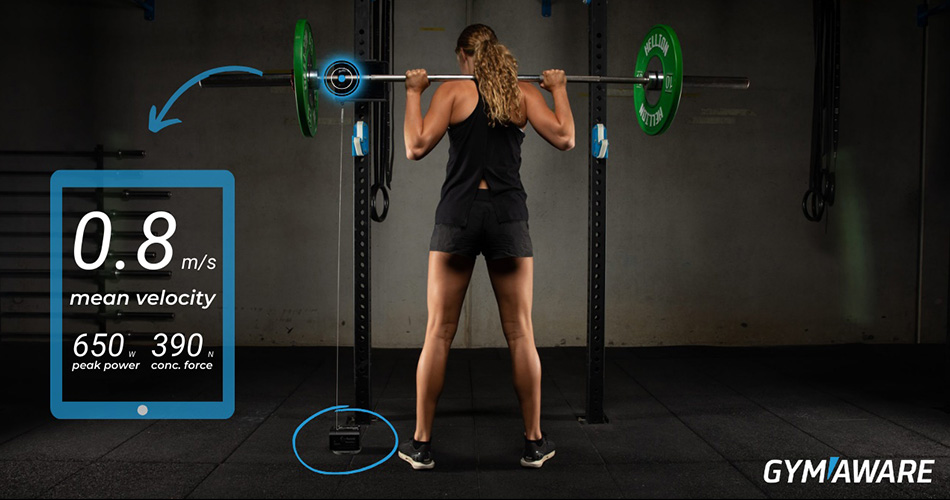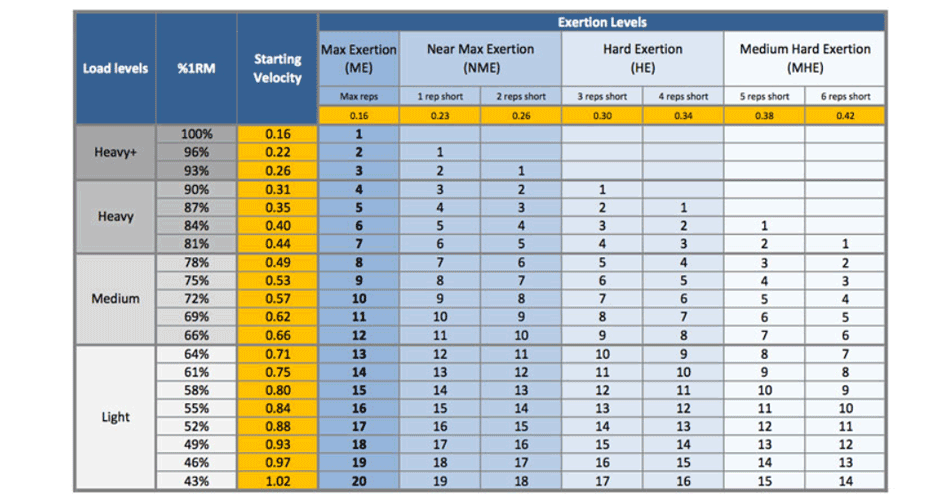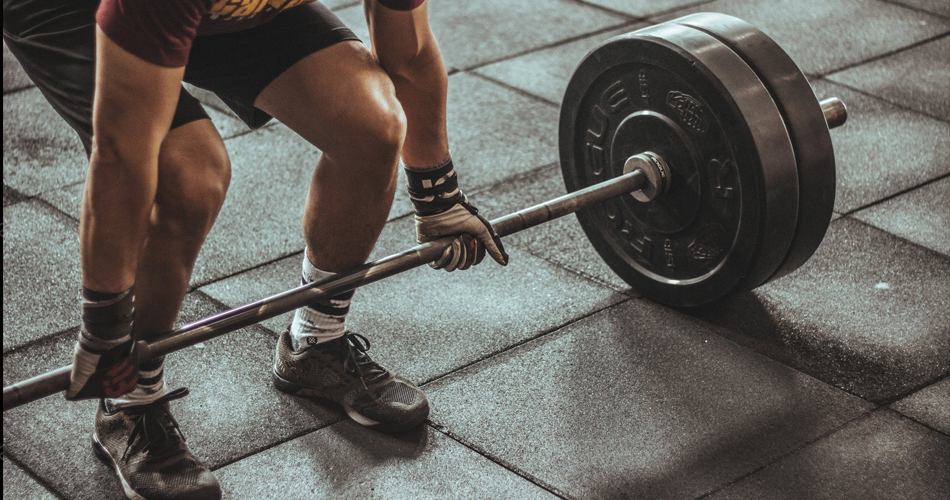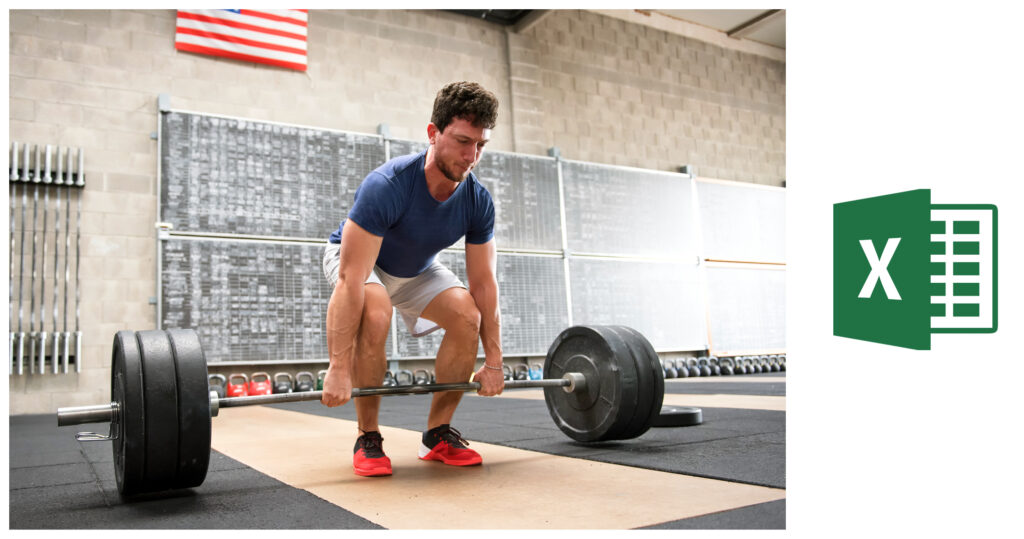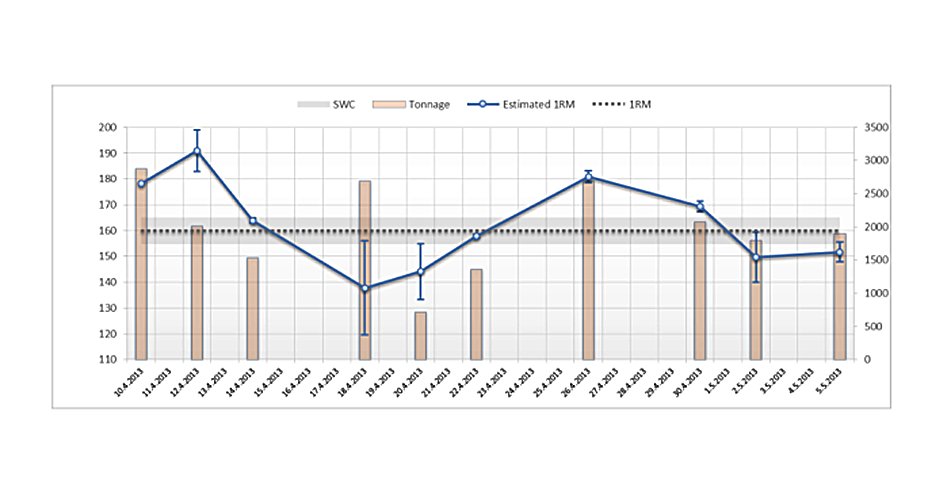What’s the point behind using START and STOP velocities to prescribe strength training instead of using percentages and reps (or rep ranges) and even RPE system? Is the complexity worth it? What do we gain?
In the previous installment we dealt with creation of individualized rep-max profile. In this part we will deal with one concept that I like to call Velocity/Exertion.
I am pretty sure NO ONE has ever written about it b…
In the previous installment we dealt with analysis of progressive 1RM test, and we got Load/Velocity profile. One thing that is important from Load/Velocity profile, from velocity-based strength training standpoint is MV…
I am repeating the data from the previous part before I start with the analysis and visualization. As you can see my 1RM in bench press with ~2-sec pause is 117.5kg and Ivan’s is 140kg.
When it comes to traditional strength training prescription (a.k.a percent based approach) one uses his latest 1RMs and prescribe 3 to 4, or longer strength training cycle using percentages and reps (e.g. Week1: 5×5 w/8…
Regardless of your training objectives (increasing strength in specific lifts, increasing strength overall, bulking up, leaning out, rehabilitation, maintenance, etc), key training parameters (intensity, volume, frequenc…
I have updated Percent-based to velocity-based converter to include conversion from velocity-based to percent-based approach using load-velocity profile and %1RM-max reps profile. This is important since it allows coache…
Introduction – There are two main methods for estimating 1RM of an exercise: (1) to build up to true 1RM lift and (2) to estimate 1RM from reps-to-(technical)-failure with sub-max weight using various formulas and tab…
Some great findings and ideas from velocity-based strength training – I have been thinking more and more about velocity-based lifting recently as a method of prescribing load and volume for an individual. I have wrote …

